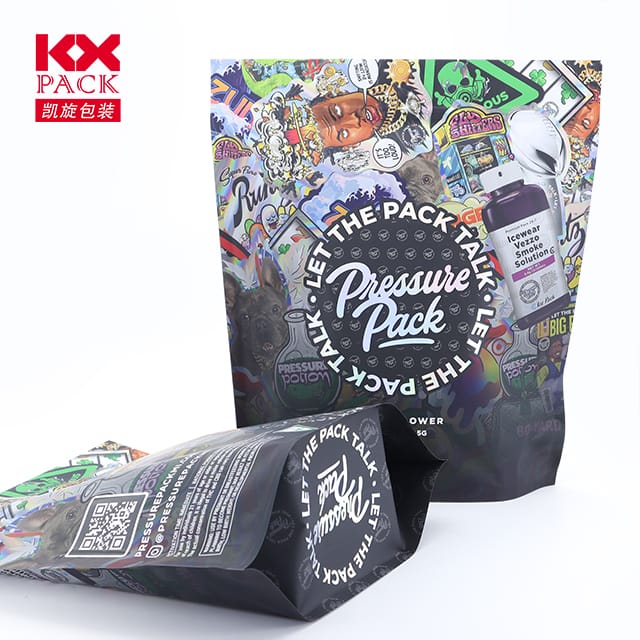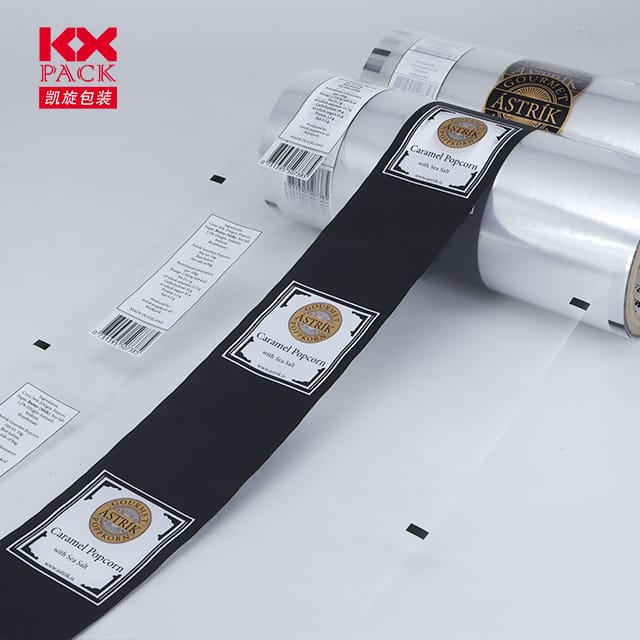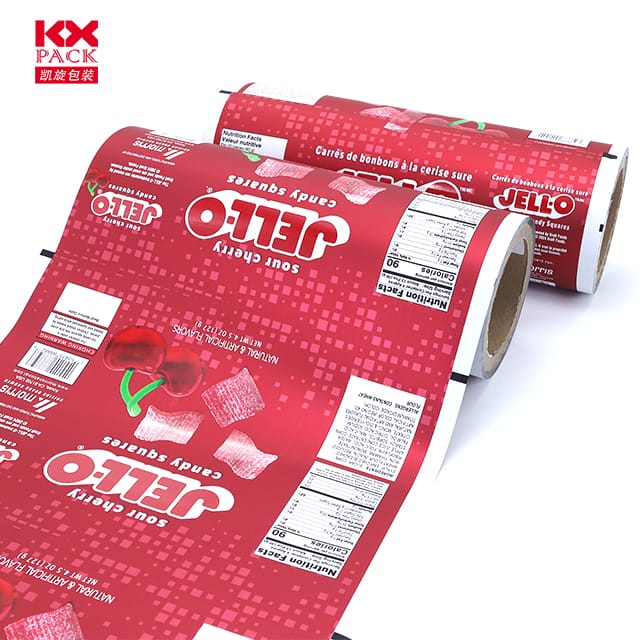Пластическая пленка для еды: Комплексное руководство по безопасности, Устойчивость, и лучшие практики
Пластическая пленка
Plastic film for food—commonly known as cling wrap, Пищевая упаковка, или полиэтиленовая пленка - основной продукт на кухнях по всему миру. Его способность сохранять свежесть, предотвратить загрязнение, и продлить срок годности скоропортящихся продуктов делает его незаменимым для домохозяйств, рестораны, и производители продуктов питания. Однако, growing concerns about environmental impact and chemical safety have sparked debates about its usage. In this blog, we’ll explore theтипы, преимущества, риски, и экологически чистые альтернативы of plastic film for food, empowering you to make informed choices.
What Is Plastic Film for Food?
Plastic film for food is a thin, flexible material made primarily fromполиэтилен (ЧП), though variations likeполивинилхлорид (ПВХ) илиpolyvinylidene chloride (PVDC) may also be used. It’s designed to create an airtight seal around food items, protecting them from moisture, кислород, and odors. Common applications include:
- Wrapping leftovers
- Covering bowls or plates
- Packaging deli meats or cheeses
- Protecting produce during storage
Types of Plastic Film for Food
- Полиэтилен (ЧП) Фильм
- The most widely used and safest option for food contact.
- Comes in two varieties:
- Low-density polyethylene (LDPE): Soft and clingy, ideal for wrapping irregular shapes.
- High-density polyethylene (HDPE): Stiffer and more durable, often used for freezer bags.
- PVC Film
- Contains plasticizers like phthalates, which can leach into food, especially fatty or acidic items.
- Less common today due to health and environmental concerns.
- Biodegradable/Compostable Films
- Made from plant-based materials (НАПРИМЕР., кукурузный крахмал, целлюлоза) or biopolymers.
- Designed to break down faster than traditional plastics, though proper disposal is key.
Benefits of Using Plastic Film for Food
- Сохранение еды: Reduces waste by keeping food fresh longer.
- Hygiene: Prevents cross-contamination between foods.
- Удобство: Easy to use, магазин, and transport.
- Рентабельный: Affordable compared to reusable containers for short-term storage.
Risks and Concerns
- Chemical Leaching
- Some films may release harmful substances (НАПРИМЕР., BPA, phthalates) when heated or in contact with oily foods.
- Решение: Look for labels indicating “microwave-safe” or “BPA-free.”
- Воздействие на окружающую среду
- Traditional plastic films are non-biodegradable and contribute to microplastic pollution.
- Решение: Opt for recyclable or biodegradable options and recycle properly.
- Single-Use Waste
- Disposable plastic film generates significant landfill waste.
- Решение: Switch to reusable silicone food covers or beeswax wraps.
How to Choose Safe Plastic Film for Food
- Check Labels: Prioritize products labeled “food-grade,” “FDA-approved,” or “phthalate-free.”
- Avoid PVC: Choose PE-based films instead.
- Look for Recycling Symbols: Films marked with recycling codes #2 (HDPE) или #4 (LDPE) are safer and more recyclable.
- Температурная стойкость: Ensure the film is suitable for your intended use (НАПРИМЕР., freezer, microwave).
Eco-Friendly Alternatives to Plastic Film
- Пчелиные обертки
- Многоразовый, компостируемый, and made from organic cotton coated in beeswax.
- Perfect for wrapping sandwiches, сыр, or produce.
- Силиконовые продовольственные покрытия
- Долговечный, герметичный, and heat-resistant.
- Reusable for years, сокращение отходов.
- Контейнеры из стекла или нержавеющей стали
- Ideal for storing leftovers or meal prepping.
- Non-toxic and eco-friendly.
- Fabric Covers with Drawstrings
- Great for covering bowls or dough during rising.
- Machine-washable and sustainable.
Best Practices for Using Plastic Film Safely
- Avoid High Heat: Never use plastic film in ovens or toasters; it can melt and release toxins.
- Don’t Reuse Single-Use Films: They degrade quickly, increasing leaching risks.
- Store Properly: Keep plastic film away from direct sunlight or heat to prevent chemical breakdown.
- Recycle Correctly: Clean used film and check local recycling guidelines (many curbside programs don’t accept it, but drop-off centers might).
The Future of Food Packaging
Innovations are addressing the drawbacks of traditional plastic film:
- Edible Films: Made from seaweed or starch, these can be consumed along with the food.
- Умная упаковка: Films with sensors to monitor food freshness in real time.
- Advanced Bioplastics: Stronger, more sustainable materials derived from agricultural waste.
Последние мысли
Plastic film for food remains a practical choice for short-term storage, but its environmental and health risks demand mindful usage. By opting for safer materials, exploring reusable alternatives, and recycling responsibly, we can reduce our ecological footprint while keeping our food fresh.
What’s your go-to method for storing leftovers? Share your tips or favorite eco-friendly swaps in the comments below! 🌱🍴







